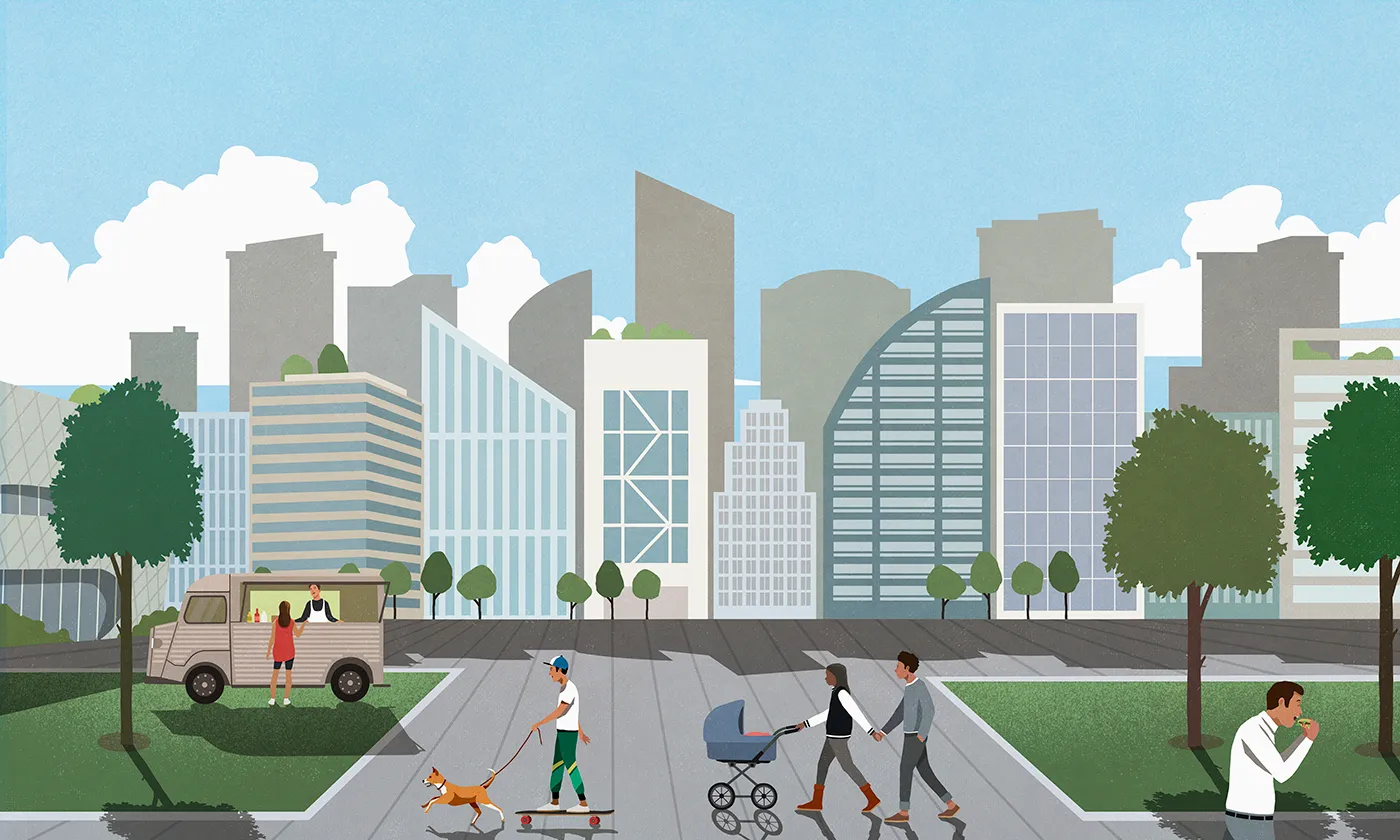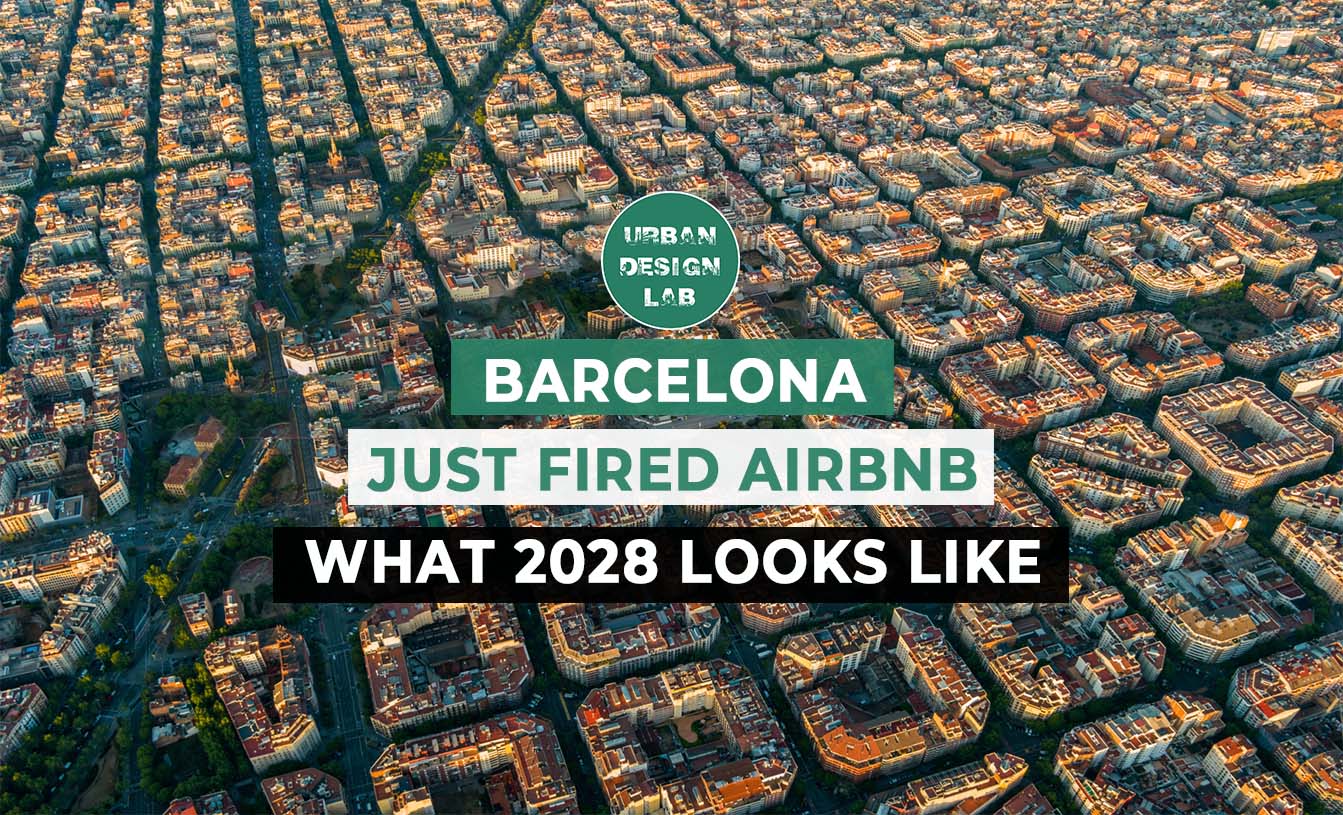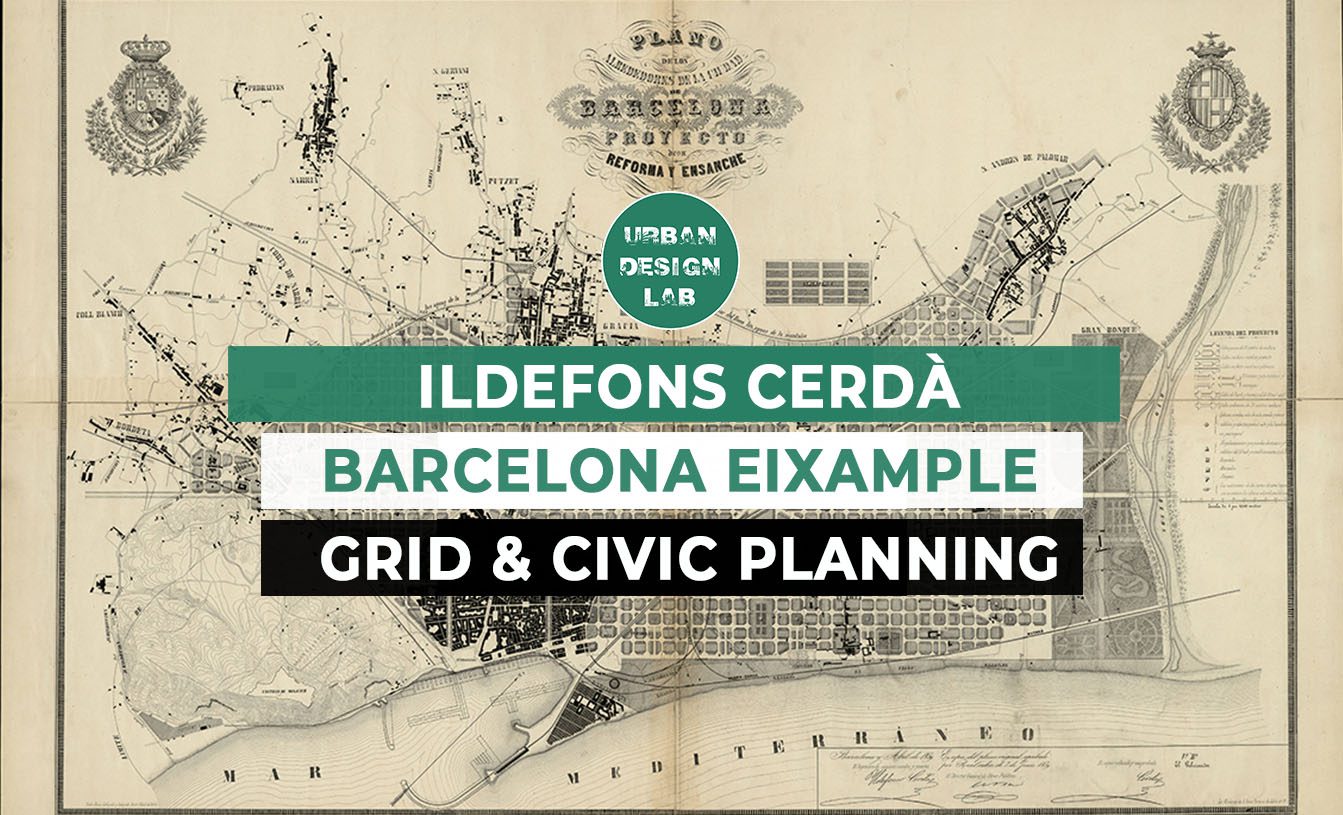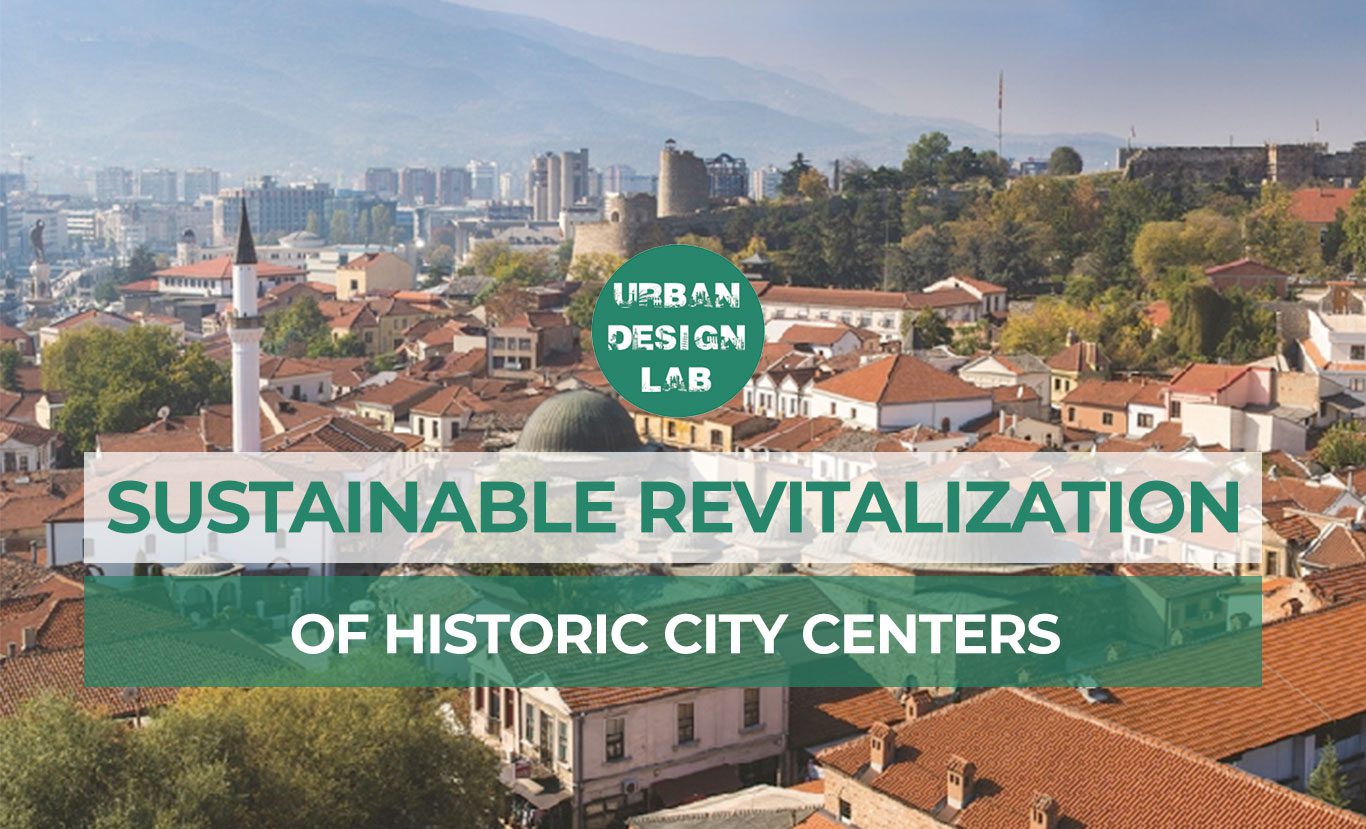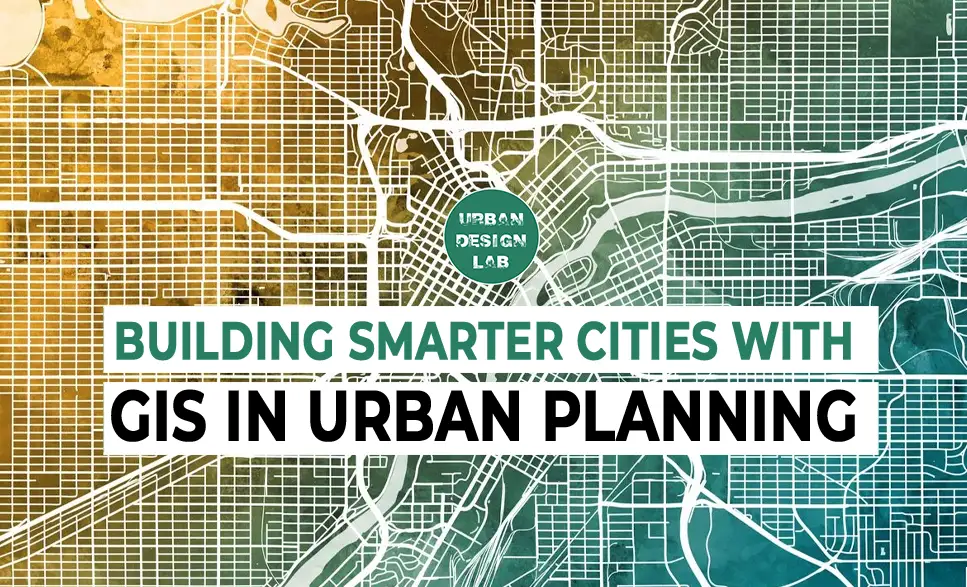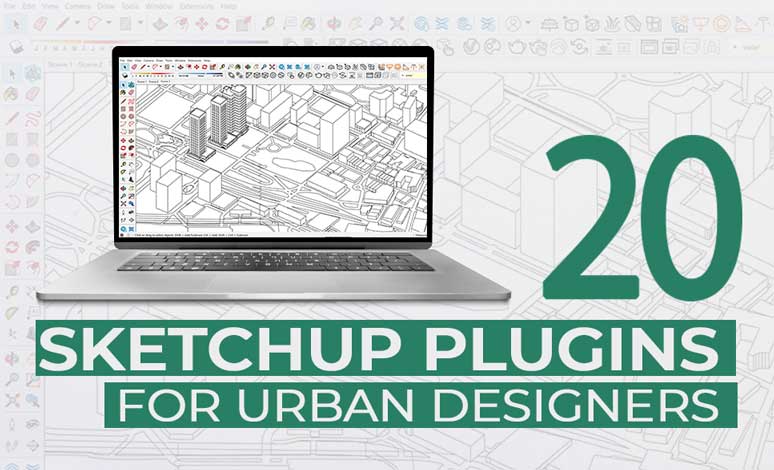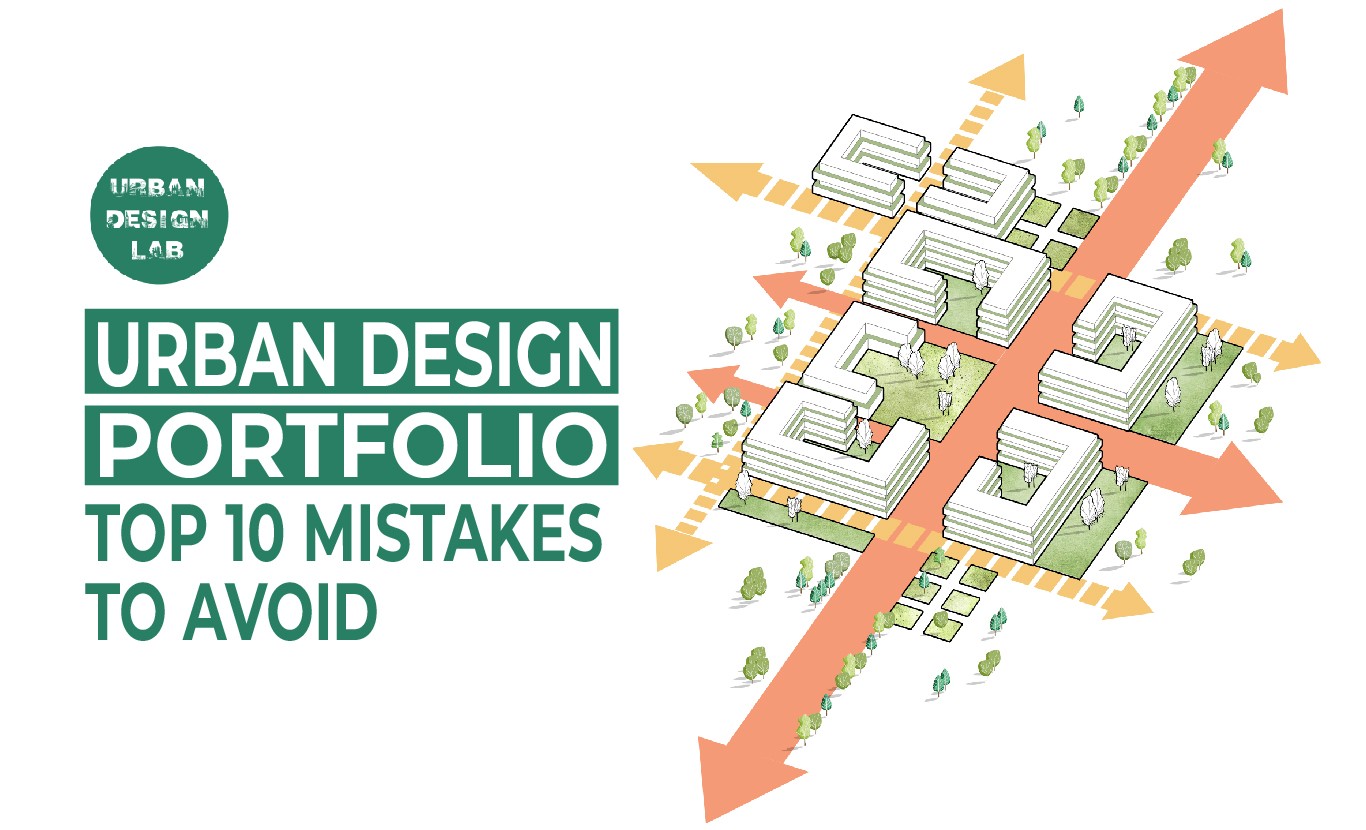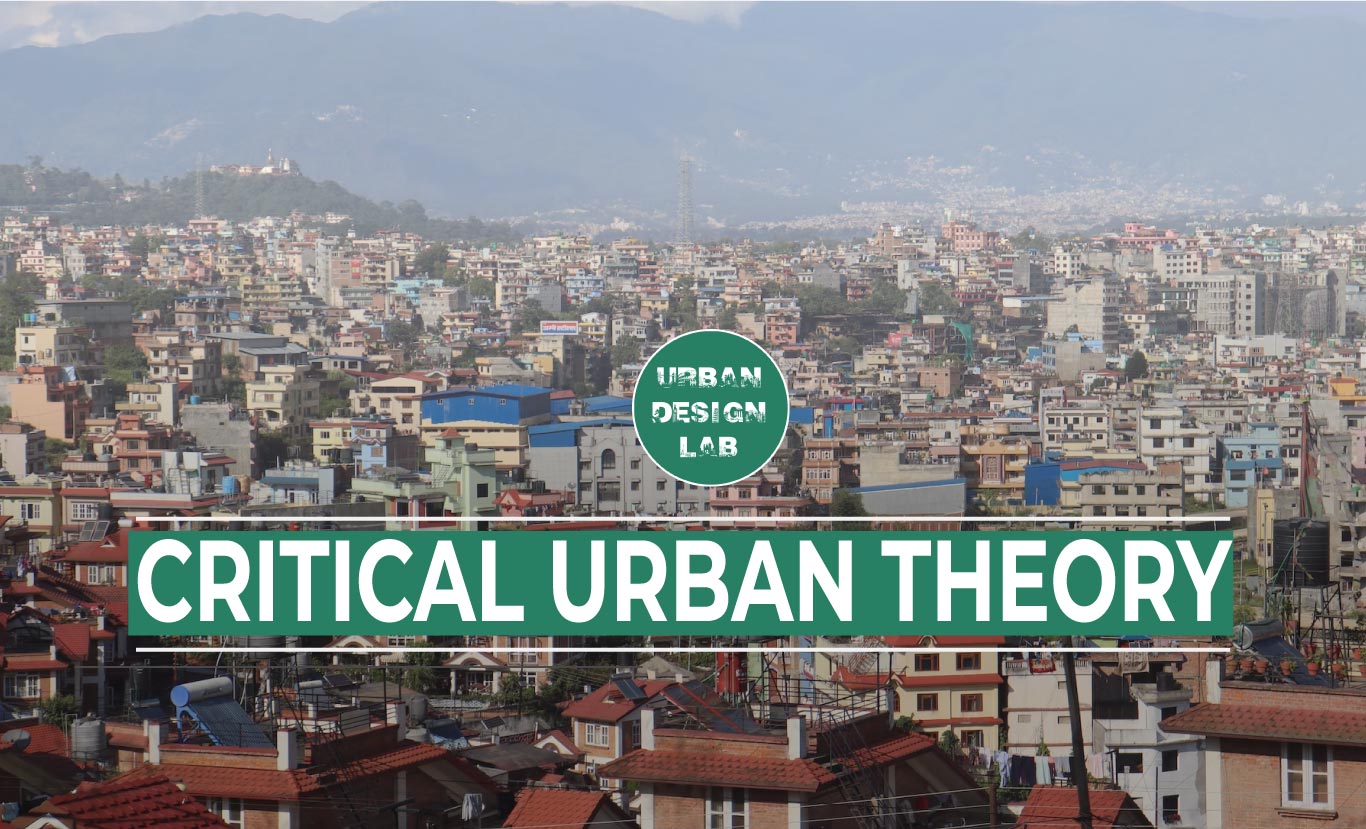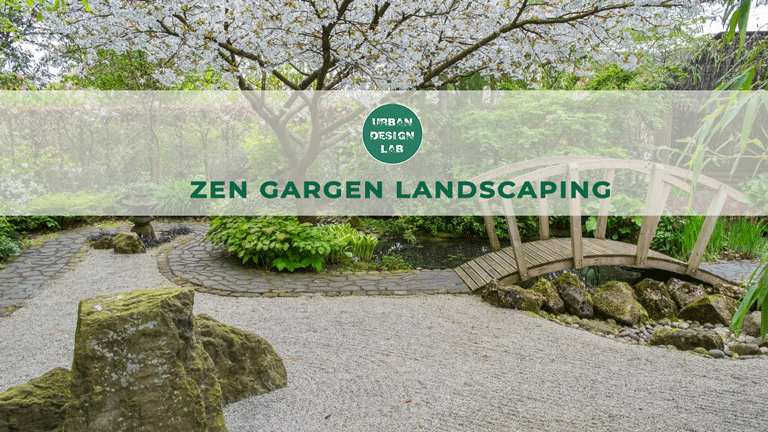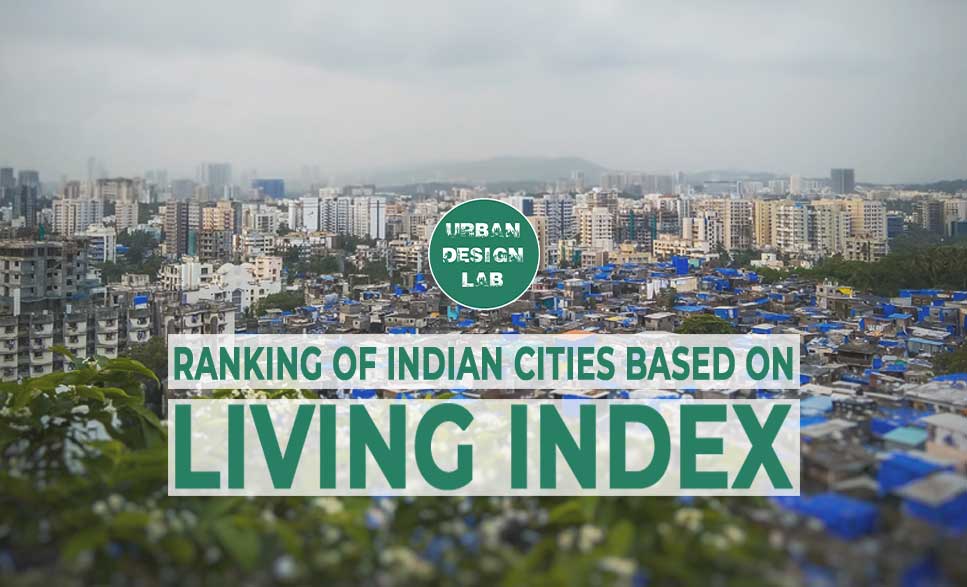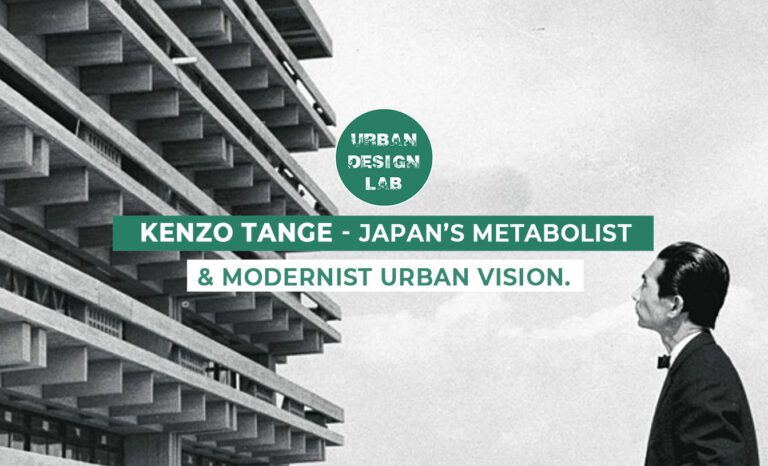
Compact Urban Form
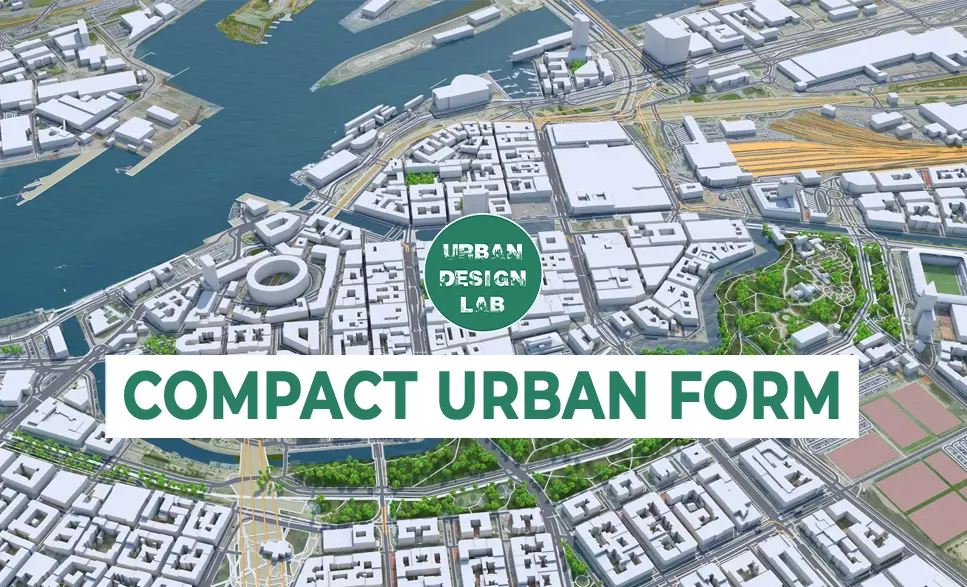
A compact urban form offers numerous benefits, including enhanced sustainability through reduced sprawl and increased green infrastructure, improved accessibility and mobility with proximity to amenities, and economic efficiency through shared resources and mixed-use development. Additionally, compact cities promote stronger social interactions and community engagement due to closer living quarters and communal spaces. Efficient land use is achieved by concentrating development, preserving natural areas, and revitalizing underused properties. Overall, compact cities provide a model for creating more sustainable, accessible, and vibrant urban environments.
Enhanced Sustainability
Enhanced Sustainability
Compact urban forms are pivotal in advancing environmental sustainability by optimizing land use and minimizing the ecological footprint of cities. By concentrating development in defined areas, cities can curb urban sprawl, which otherwise consumes vast stretches of natural habitats and agricultural land. This consolidation allows for the preservation of green spaces, essential for biodiversity, carbon sequestration, and recreation. Compact cities inherently support sustainable transportation by promoting walkability, cycling, and the efficient use of public transit networks. These modes of transportation reduce the dependence on personal vehicles, thereby cutting greenhouse gas emissions and traffic congestion.
High-density areas excel in energy efficiency. Shared walls in apartment buildings, for instance, reduce the need for heating and cooling compared to detached homes. Coupled with advanced building designs, such as energy-efficient facades and the integration of renewable energy sources, compact cities can drastically reduce their carbon footprints. Additionally, incorporating green infrastructure—ranging from urban parks to green roofs and permeable pavements—enhances stormwater management, reduces the urban heat island effect, and improves air quality. This holistic approach to urban design ensures that compact cities are not just spaces of economic and social activity but thriving ecosystems that actively promote human and environmental health.
Improved Accessibility and Mobility
Improved Accessibility and Mobility
A compact city enhances accessibility and mobility for its residents. By concentrating amenities, services, and housing within a smaller area, residents can easily walk or bike to their destinations, reducing the need for lengthy commutes. This proximity to essential services—such as schools, healthcare, and retail—can significantly improve quality of life and reduce travel time. Moreover, efficient public transportation systems can be more effectively implemented in compact urban areas, making it easier for residents to access different parts of the city without relying on personal vehicles. This increased accessibility can also stimulate local economies, as businesses benefit from higher foot traffic and more frequent customer interactions.

Economic Efficiency
Compact urban forms drive economic efficiency by maximizing the use of existing infrastructure and minimizing the need for costly expansions. High-density developments enable cities to efficiently allocate resources across public transportation, utilities, and waste management systems, resulting in lower operational and maintenance costs for both governments and residents. Concentrated development also allows for economies of scale—more people utilizing the same infrastructure reduces per capita expenses, making services like water, energy, and transit more affordable.
Compact cities encourage the creation of mixed-use buildings, where residential, commercial, and recreational spaces coexist. This integration not only reduces the need for long commutes but also fosters economic vitality as businesses benefit from being closer to their customer base. Higher population densities translate into more foot traffic and consistent patronage, which can enhance the profitability of local businesses and create a self-sustaining economy.
Additionally, the dynamic and vibrant environments created by compact urban forms attract both investors and talent, fueling further economic growth. These areas often become hubs for innovation, entrepreneurship, and cultural activities, further driving the local economy. By making efficient use of space and resources, compact cities position themselves as attractive destinations for both businesses and residents, paving the way for long-term, sustainable economic prosperity.
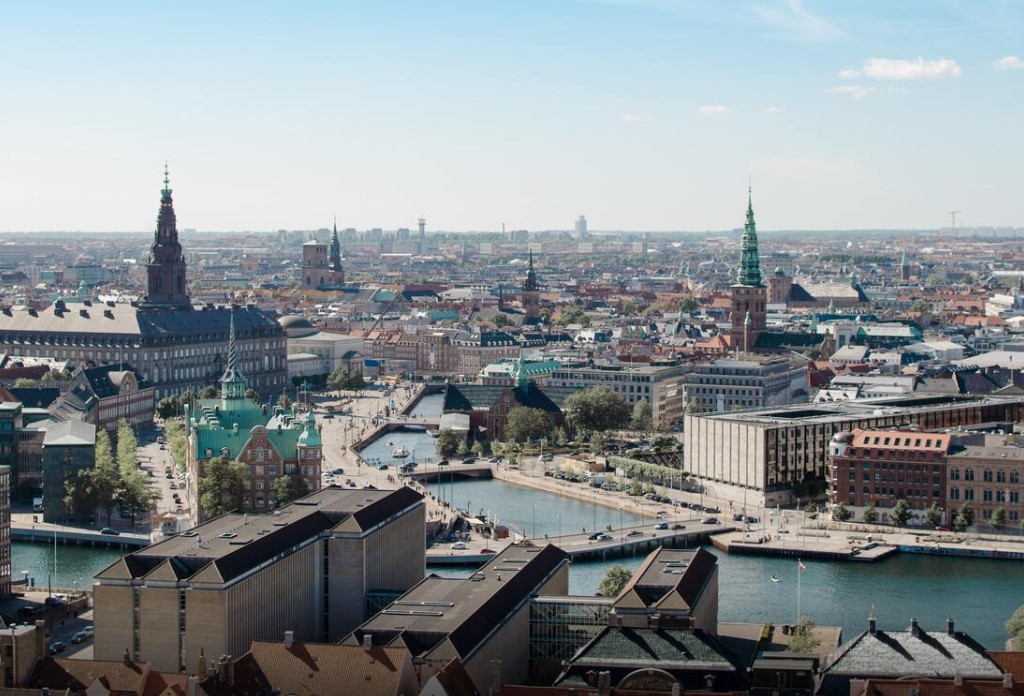
Enhanced Social Interaction
Compact urban forms foster stronger social connections and community engagement. In densely populated areas, residents are more likely to interact with their neighbors and participate in community activities due to the close proximity of housing and public spaces. This increased social interaction can lead to a greater sense of community and belonging. Public spaces such as parks, plazas, and communal areas in compact cities serve as venues for social gatherings, cultural events, and recreational activities, enhancing social cohesion and quality of life. The design of compact cities often encourages mixed-use environments, where people live, work, and socialize in the same area, further strengthening community ties and reducing social isolation.
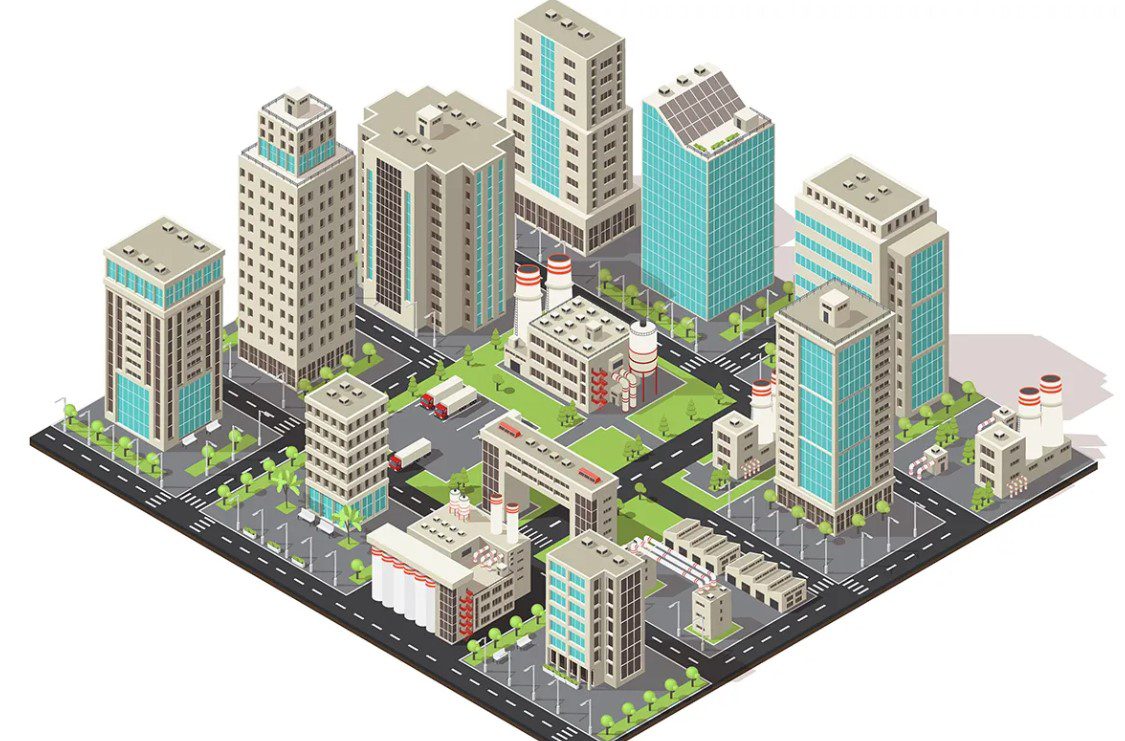
Efficient Land Use
Efficient land use is one of the most critical benefits of compact urban forms, allowing cities to grow without encroaching on valuable natural and agricultural spaces. By concentrating development within a well-defined area, compact cities limit the unchecked expansion of urban boundaries, reducing the need for new infrastructure in outlying regions. This targeted approach not only preserves open landscapes and ecosystems but also helps maintain rural areas and farmland, promoting long-term sustainability.
High-density development ensures that every square foot of land is optimally utilized, with a balanced mix of residential, commercial, and recreational spaces. This integrated approach supports diverse community needs while preventing the inefficient spread of housing and businesses across larger areas, which often results in disconnected and underused spaces. Compact cities are also well-positioned to revitalize vacant or underutilized properties, transforming them into thriving, active hubs that reinvigorate neighborhoods and contribute to the overall vibrancy of the urban environment.
By prioritizing the redevelopment of existing land, compact cities can also better align with environmental goals, reducing the pressure to develop greenfield sites and encouraging sustainable urban regeneration. This efficient use of land ensures that urban growth is carefully managed, benefiting both the environment and the community.
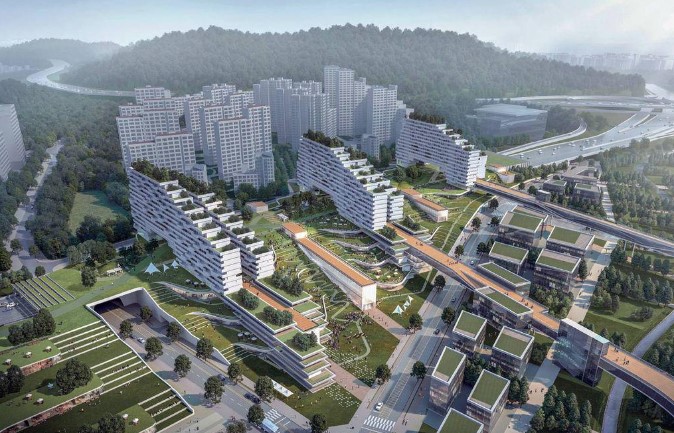
Case Studies of Successful Compact Cities - Copenhagen, Denmark
Copenhagen is often hailed as a model for compact urban development, demonstrating how effective planning can create a sustainable and livable city. The city’s approach centers around creating a pedestrian-friendly environment, with an extensive network of bike lanes and public transport options. Copenhagen’s commitment to sustainability is evident in its goal to become carbon-neutral by 2025. The city has implemented mixed-use developments that encourage residents to live, work, and play within close proximity, reducing the need for cars and minimizing greenhouse gas emissions.
However, Copenhagen faced challenges such as balancing the influx of new residents while preserving its historic character and affordability. Rising property values have led to concerns about gentrification and displacement. To combat these issues, the city has invested in affordable housing initiatives and community engagement processes, ensuring that development benefits all residents. As a result, Copenhagen has not only improved its sustainability metrics but also fostered a strong sense of community and social cohesion.

Case Studies of Successful Compact Cities - Portland, Oregon, USA
Portland has earned a reputation as a leader in sustainable urban planning in the United States. The city’s Urban Growth Boundary (UGB) restricts urban sprawl by designating specific areas for development while preserving surrounding natural landscapes. This policy encourages high-density housing and mixed-use development within the city limits, fostering vibrant neighborhoods that prioritize walking, biking, and public transportation.
Portland’s commitment to sustainability has been challenged by rapid population growth, leading to concerns about housing affordability and displacement. In response, the city has implemented policies aimed at increasing affordable housing stock and promoting inclusive zoning practices. The results have been significant: Portland has not only maintained its green spaces but has also become a hub for innovative businesses and a high quality of life. The city’s focus on community involvement in planning processes has further enhanced social ties and resilience, making it a successful case study in compact urban development.

Case Studies of Successful Compact Cities - Barcelona, Spain
Barcelona’s approach to compact urban living is exemplified through its “superblocks” initiative, which transforms traditional city blocks into pedestrian-friendly zones. By restricting vehicle access in certain areas and enhancing green spaces, Barcelona has successfully reduced traffic congestion and air pollution while promoting walking and cycling. The superblocks are designed to enhance community interactions, featuring parks, plazas, and local businesses that contribute to a vibrant urban atmosphere.
Despite these successes, Barcelona has faced challenges, including resistance from some residents who are concerned about increased foot traffic and changes to local neighborhoods. The city has worked to address these concerns through participatory planning processes, ensuring that local voices shape the future of their neighborhoods. The positive outcomes of this initiative include improved public health, increased property values, and a stronger local economy, making Barcelona a prime example of how innovative urban strategies can lead to sustainable and inclusive growth

Conclusion
In an era marked by rapid urbanization and pressing environmental challenges, the case for compact urban forms becomes increasingly compelling. These city models not only address the critical issues of sustainability, economic efficiency, and land use but also enhance the quality of life for residents. By concentrating development, compact cities reduce urban sprawl, promote sustainable transportation, and optimize resource use, creating vibrant environments that foster social interaction and economic vitality. As we envision the future of urban living, embracing the principles of compact development will be essential in building resilient cities that are not only equipped to meet the demands of today but are also prepared to thrive for generations to come. By prioritizing compact, interconnected urban spaces, we can pave the way for a more sustainable, equitable, and dynamic urban landscape that benefits all inhabitants, ultimately leading to healthier ecosystems and stronger communities.
References
- Gehl, J. (2010). Cities for people. Island Press.
- Newman, P., & Kenworthy, J. (1999). Sustainability and cities: Overcoming automobile dependence. Island Press.
- Cervero, R., & Kockelman, K. (1997). Travel demand and the role of land use in transportation planning. Transportation Research Part D: Transport and Environment, 2(3), 199-219.
- Glaeser, E. L., & Kahn, M. E. (2004). Sprawl and urban growth. Handbook of Regional and Urban Economics, 4, 2481-2527.
- Houghton, J. (2009). The benefits of compact cities: A review of the evidence. International Journal of Urban and Regional Research, 33(2), 477-495.
- Jacobs, J. (1961). The death and life of great American cities. Random House.
- Levinson, D., & Kimpel, T. (2005). The impact of land use on travel behavior: A review. Journal of Transport and Land Use, 2(1), 1-20.
- Litman, T. (2021). Evaluating accessibility for transportation planning. Victoria Transport Policy Institute.
- Porta, S., & Romice, O. (2008). Compact city and urban sustainability. Urban Studies, 45(3), 551-576.
- Talen, E. (2006). Design for diversity: Evaluating the role of urban design in social equity. Urban Design International, 11(2), 77-91.

Hazal Koc
About the Author
Hazal Koç lives in Turkiye and is a 4th year student at Ted University. Department of Urban Regional Planning. In addition to her undergraduate degree, she is doing an additional major in world citizenship. In addition to her native language Turkish, spe speaks fluent English and intermediate German.
Author
Author
Author
Author
Author
Author
Author
Author
Author
Author
About the author
Related articles


Rethinking Urban Planning Careers in India
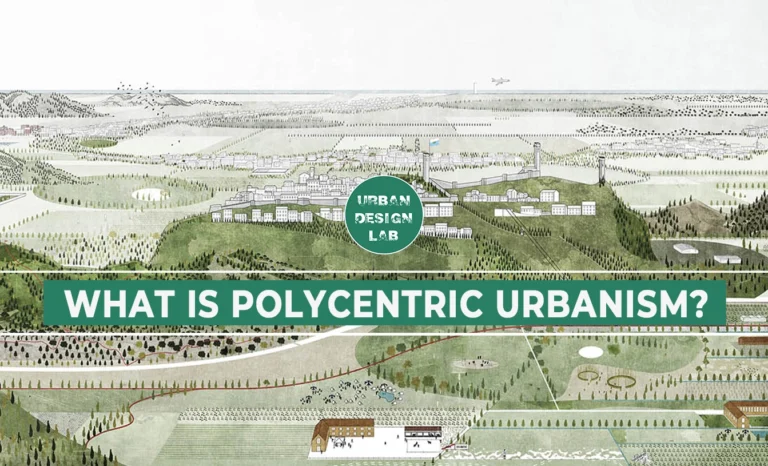
What is Polycentric urbanism?
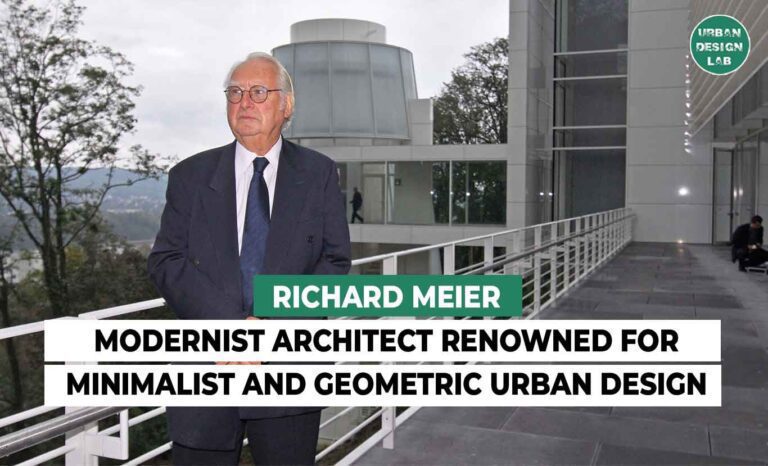
Richard Meier: Where Modernism Meets Elegance

Zaha Hadid: The Architect Who Redrew the Skyline
UDL GIS
Masterclass
Gis Made Easy- Learn to Map, Analyse and Transform Urban Futures
Session Dates
15th-19th December 2025

Urban Design Lab
Be the part of our Network
Stay updated on workshops, design tools, and calls for collaboration
Curating the best graduate thesis project globally!

Free E-Book
From thesis to Portfolio
A Guide to Convert Academic Work into a Professional Portfolio”
Recent Posts
- Article Posted:
- Article Posted:
- Article Posted:
- Article Posted:
- Article Posted:
- Article Posted:
- Article Posted:
- Article Posted:
- Article Posted:
- Article Posted:
- Article Posted:
- Article Posted:
- Article Posted:
- Article Posted:
Sign up for our Newsletter
“Let’s explore the new avenues of Urban environment together “

























